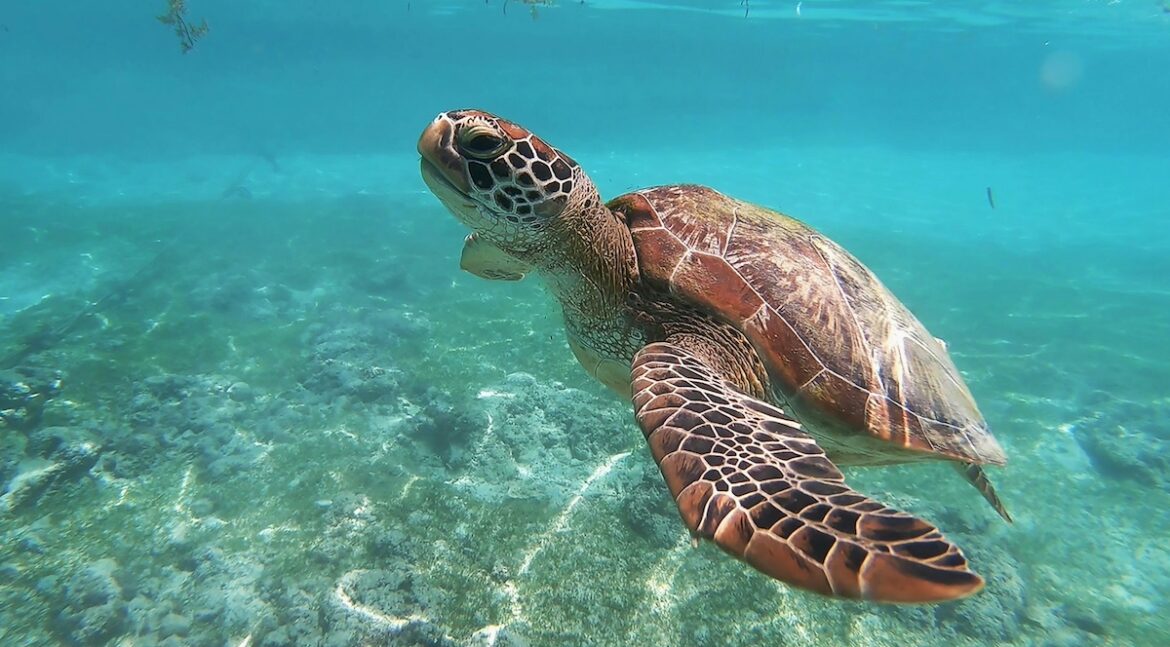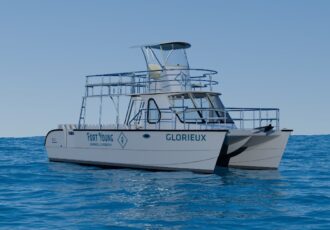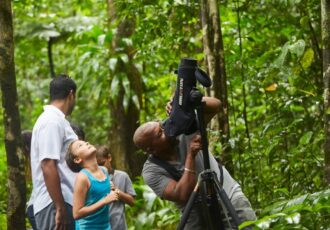Fort Young Hotel & Dive Resort, Dominica’s premier all-inclusive, island-included escape, is proud to announce the addition of its third dive boat, Glorieux, joining the fleet at the end of November 2025. Named after the historic 74-gun French ship of the line that fought valiantly at the Battle of the Saintes in 1782, Glorieux symbolizes […]
Read moreIf you arrive at Fort Young Hotel & Dive Resort between May and October, you’ll have the incredible opportunity to witness three of the seven globally endangered sea turtle species swimming and nesting along Dominica’s shoreline. Better yet, our hotel staff will be happy to arrange one of the most magical sea turtle watching experiences imaginable — where you will be amongst the privileged few to witness females nesting along the beaches or hatchlings emerging from their shells for their arduous journey to the sea. Here’s what to expect from this bucket-list phenomenon.
Dominica: A Sea Turtle Nesting Haven
Did you know Dominica is one of the most important nesting grounds for sea turtles in the entire Caribbean region? The island’s secluded beaches, protected by the Dominica Sea Turtle Conservation Organization (DomSeTCO), provide a safe haven for these ancient marine reptiles to excavate nests and deposit eggs before returning to the sea.
The Three Nesting Species
Leatherback Turtles: These giants are the largest sea turtle species in the world, reaching over 6 feet long and 1,000 pounds. They have a distinctive leathery shell and are considered critically endangered. Peak nesting is April to July.
Green Turtles: Named for their green-tinged fat, not their shell color, green turtles are threatened due to hunting and loss of nesting beaches. They are moderately sized, around 3-4 feet long. Peak nesting is June to September.
Hawksbill Turtles: Easily identified by their hawk-like narrow head and overlapping shell plates, hawksbills are threatened by hunting for their beautiful patterned shells. They are small to medium-sized, around 2-3 feet long. Peak nesting is June to November.
Responsible Turtle Watching Guidelines
While seeing these prehistoric creatures haul themselves ashore and deposit paper-thin eggs is an unforgettable experience, it’s crucial that visitors follow rules to avoid disturbing the turtles. DomSeTCO rangers monitor key nesting beaches and can guide registered tour groups to viewing areas a respectful distance away. A few tips for responsible turtle viewing:
- No bright lights or flashes, which can deter nesting
- Remain still and quiet, do not approach
- Observe from behind at a 60 foot distance
- Do not touch turtles, nests or hatchlings
- Avoid leaving trash or obstacles on nesting beaches
Witness Nature’s Miracle at Fort Young
By respecting these endangered species and their fragile nesting process, you’ll get to witness one of nature’s most incredible reproductive cycles up close on the beautiful beaches of Dominica. Our team would be delighted to arrange a magical sea turtle watching experience for you to marvel at these ancient creatures swimming, nesting, laying or emerging as hatchlings. Get in touch with us today.




